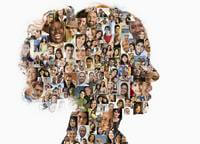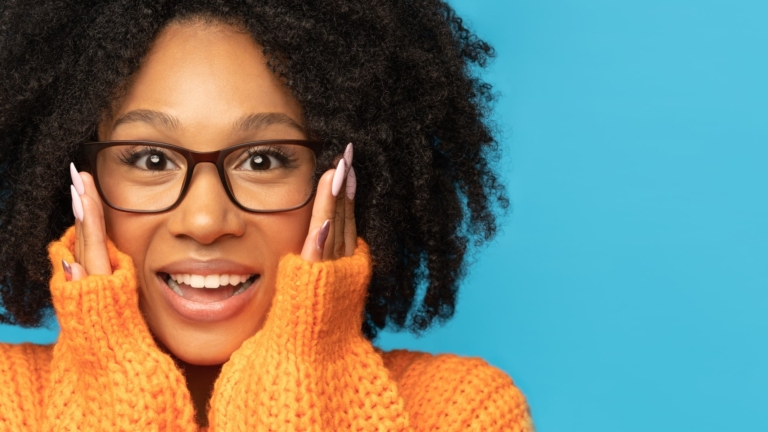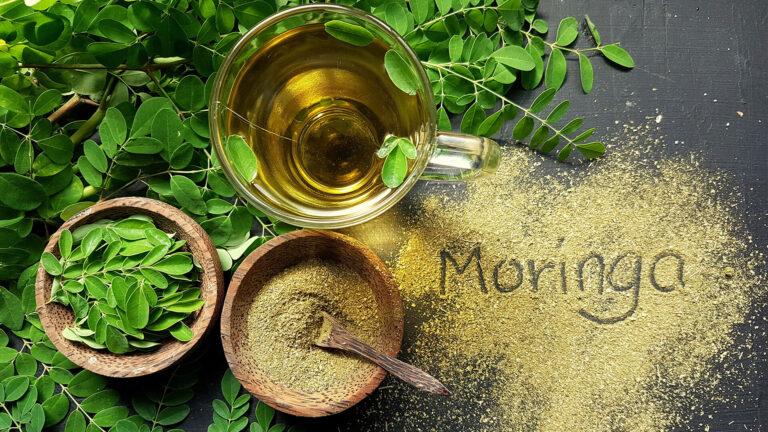Why does hair need protein?
They make hair resistant to external aggression.
Proteins are also responsible for regenerating and filling gaps.
Hair becomes brittle, dry, dull, lacks shine and has split ends.
Proteins maintain the twist and elasticity of curly and wavy hair.
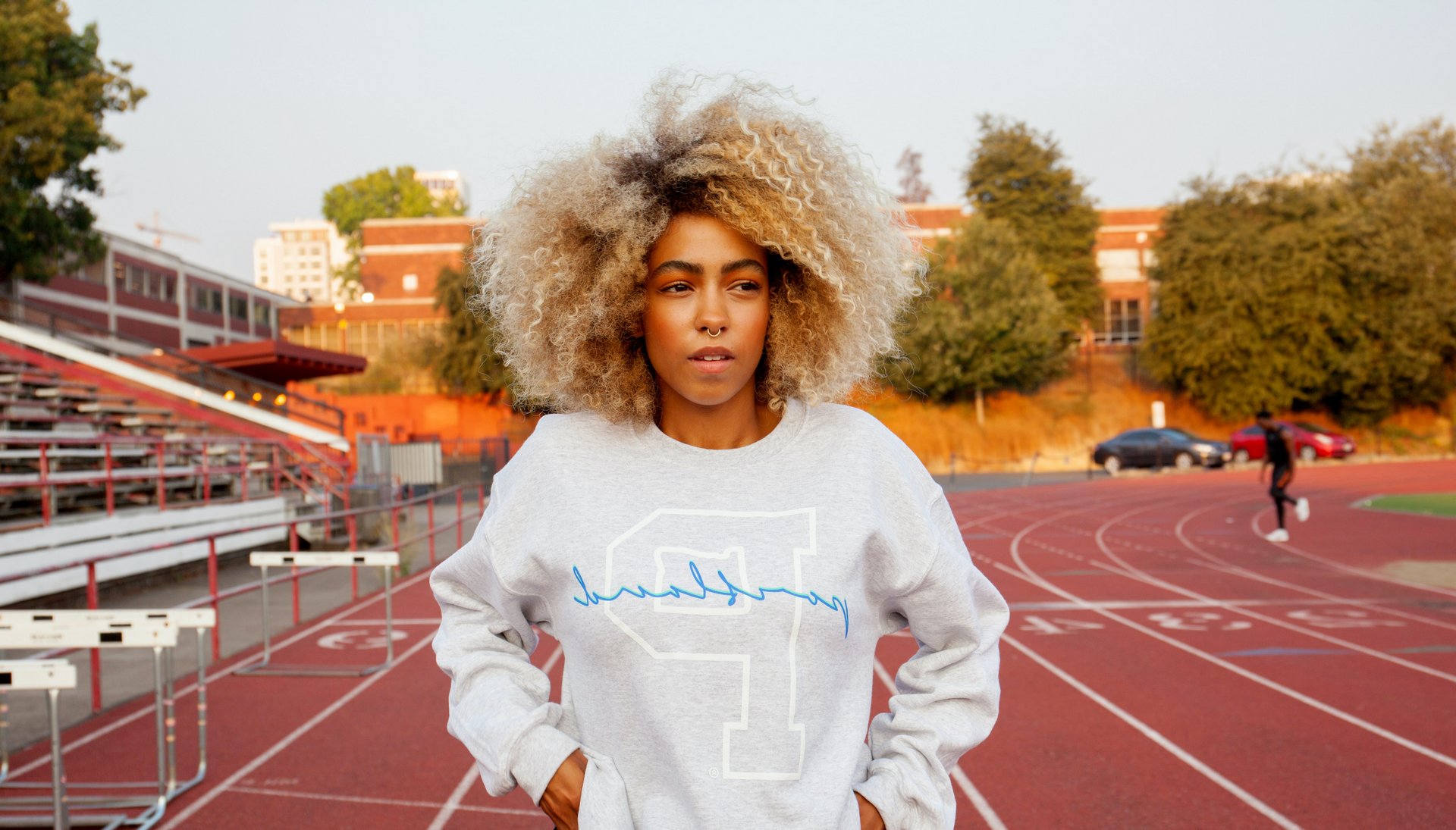
How to use hair proteins?
Hair proteins are a skincare measure that many women appreciate.
You can find good-quality cosmetic products, such as shampoos, masks and conditioners, that contain these valuable substances.
They are particularly important for the care of highly porous hair with severely split ends, which is prone to frizz.
Highly reactive hair tends to be dry, rough to the touch, dull and damaged at first sight.
How you care for your hair depends on how porous it is.
The surface of the hair is covered with tiny scales, composed of cysteine and fatty acids.
This is the hair’s protective shield.
The degree of curvature of the scales on the hair surface determines its porosity.
The more the scales are spread out, the higher the level of porosity.
We define hair as having low, medium and high porosity.
- Also read: How porous is my hair?
Hair with low porosity, i.e. with the tightest scales, can be safely treated with oils such as virgin coconut oil.
For medium-porosity hair, the cuticles are a little looser and should be treated with argan oil, sweet almond oil and/or avocado oil.
Very porous hair has very open scales.
To strengthen and smooth the scales, use wheat germ oil, prickly pear oil and shea butter.
For hair proteins to really work deep down in the hair, it’s best to use masks that are left on the hair for 15 to 30 minutes.
Put a shower cap or towel over your head so that the hair cuticles are opened as much as possible by the heat, allowing the components to penetrate.
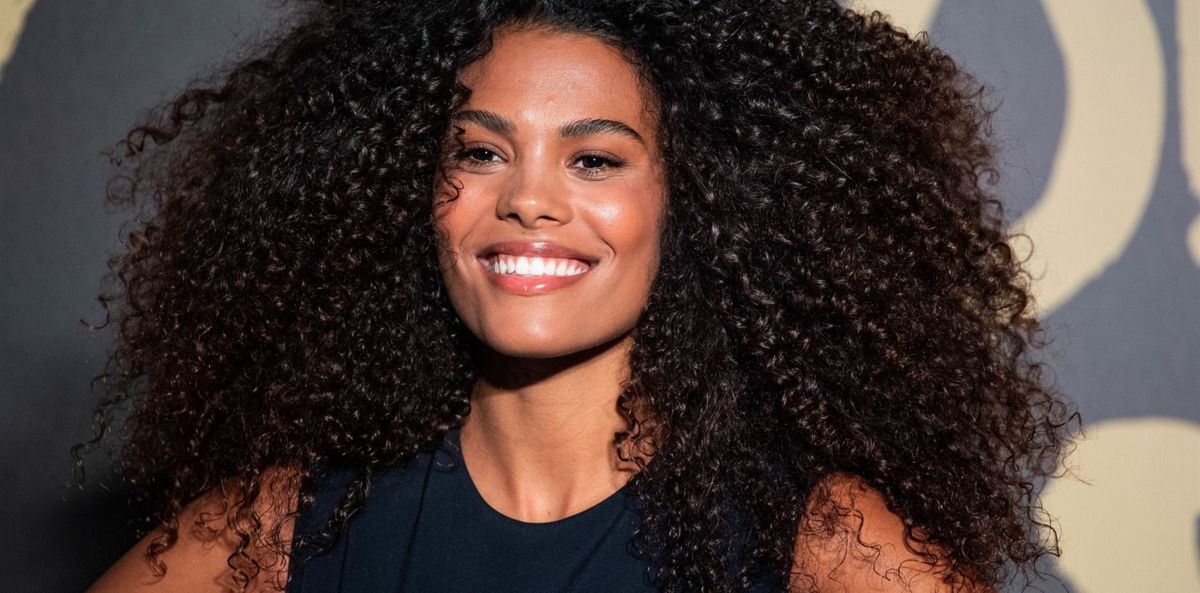
The main role of proteins is to fill in the gaps
They protect hair against damage and destruction.
Proteins are also essential for healthy hair growth, complementing the hair’s structure and strengthening its resistance.
This is why they are commonly referred to as supplements.
They are widely used in restoration treatments.
The main role of proteins is to fill gaps, increase strength and reinforce the hair’s natural curl.
Hair proteins give hair more shine and vitality.
Protein for hair, when do you need it?
Sometimes, despite using professional cosmetics, we’re still not satisfied with the results. This may be because they don’t contain the ingredients our hair needs.. When caring for your hair, you need to maintain a balance between proteins, humectants and emollients.
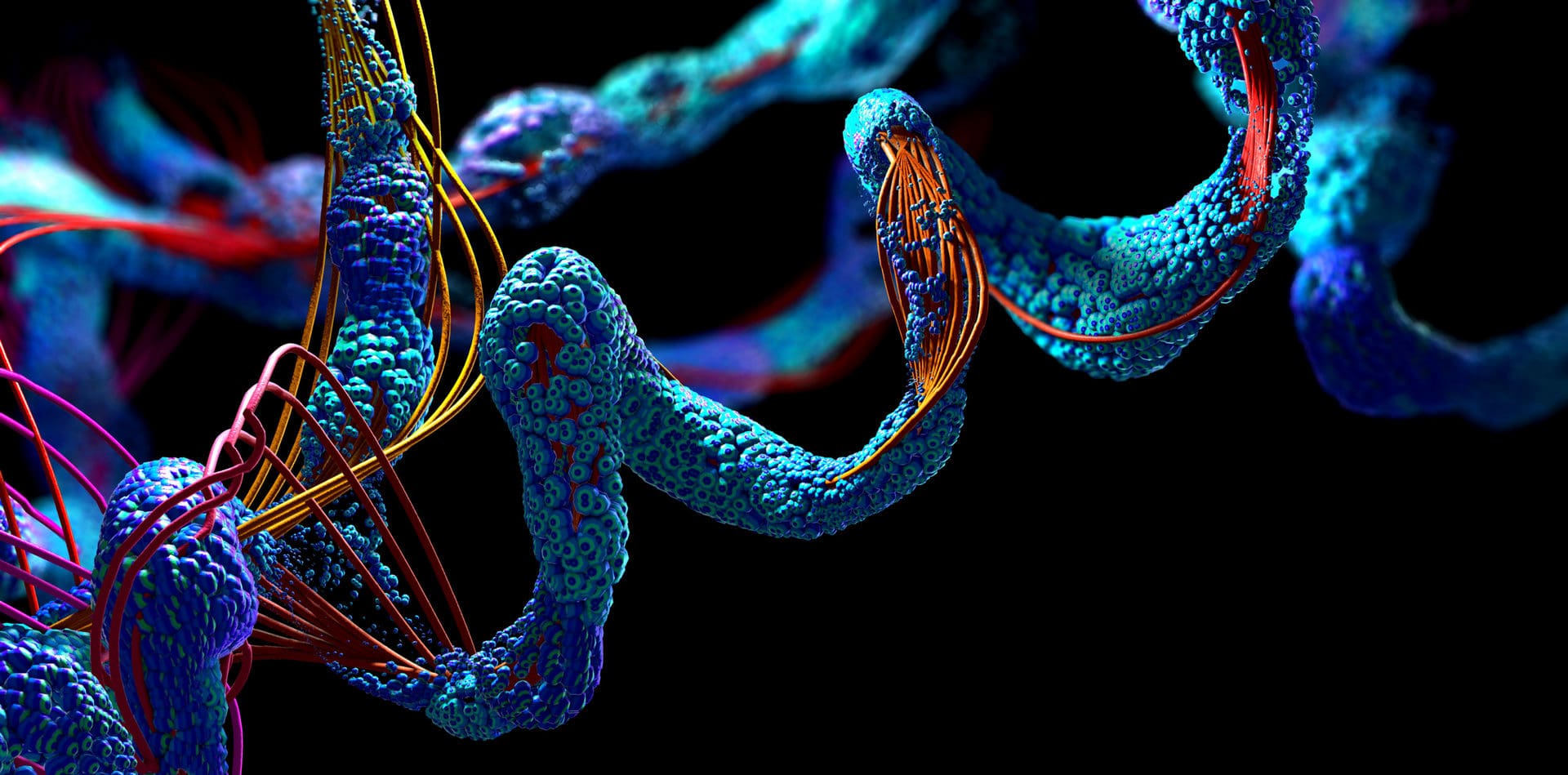
Proteins are classified according to their molecular size
If you find a cosmetic containing milk proteins, you’ll probably find it on the label under the heading “hydrolyzed milk proteins”.
Milk proteins in hair care products not only restore hair structure, but also prevent it from drying out.
Milk proteins form an occlusive film on the hair surface, preventing excessive water evaporation.
The milk proteins contained in hair cosmetics also have an anti-static effect, preventing static electricity in the hair.
Hair proteins, how are they divided?
- Amino acids are mainly responsible for faster hair growth and preventing hair loss.
Here are the most popular:
Arginine: by stimulating nitric oxide synthesis, it accelerates hair growth
Methionine: influences not only hair growth, but also hair condition
Cysteine and taurine: are produced by our bodies and are essential for healthy hair growth
Tyrosine: is responsible for hair color, through which melanin, the hair pigment, is produced
Hydrolyzed proteins are characterized by their small particle size.
In fact, large proteins can be broken down into smaller proteins by hydrolysis.
They can penetrate the hair and have a positive effect on hair structure.
They fill gaps in the hair, strengthen its resistance and give it elasticity.
These include hydrolyzed keratin, hydrolyzed wheat, hydrolyzed silk, hydrolyzed wheat and milk proteins, as well as egg white and yolk, kefir and yoghurt.
Large-molecule proteins, known as homemade proteins because they’re found in every kitchen, act on the surface of the hair strand as yolk and egg white, gelatin, yoghurt or kefir.
Proteins cannot be applied to hair in excess.
If you overdo it, your hair will inevitably become dry, frizzy and unmanageable.
If you give your hair the amount of protein it needs, it will become shiny, strong, resistant to damage and full of volume.
What are proteins?
Proteins are simply sequences of amino acids that make up the main building blocks of hair.
They are responsible for resisting external damage, regenerating hair and filling in gaps.
They are essential for healthy hair growth.
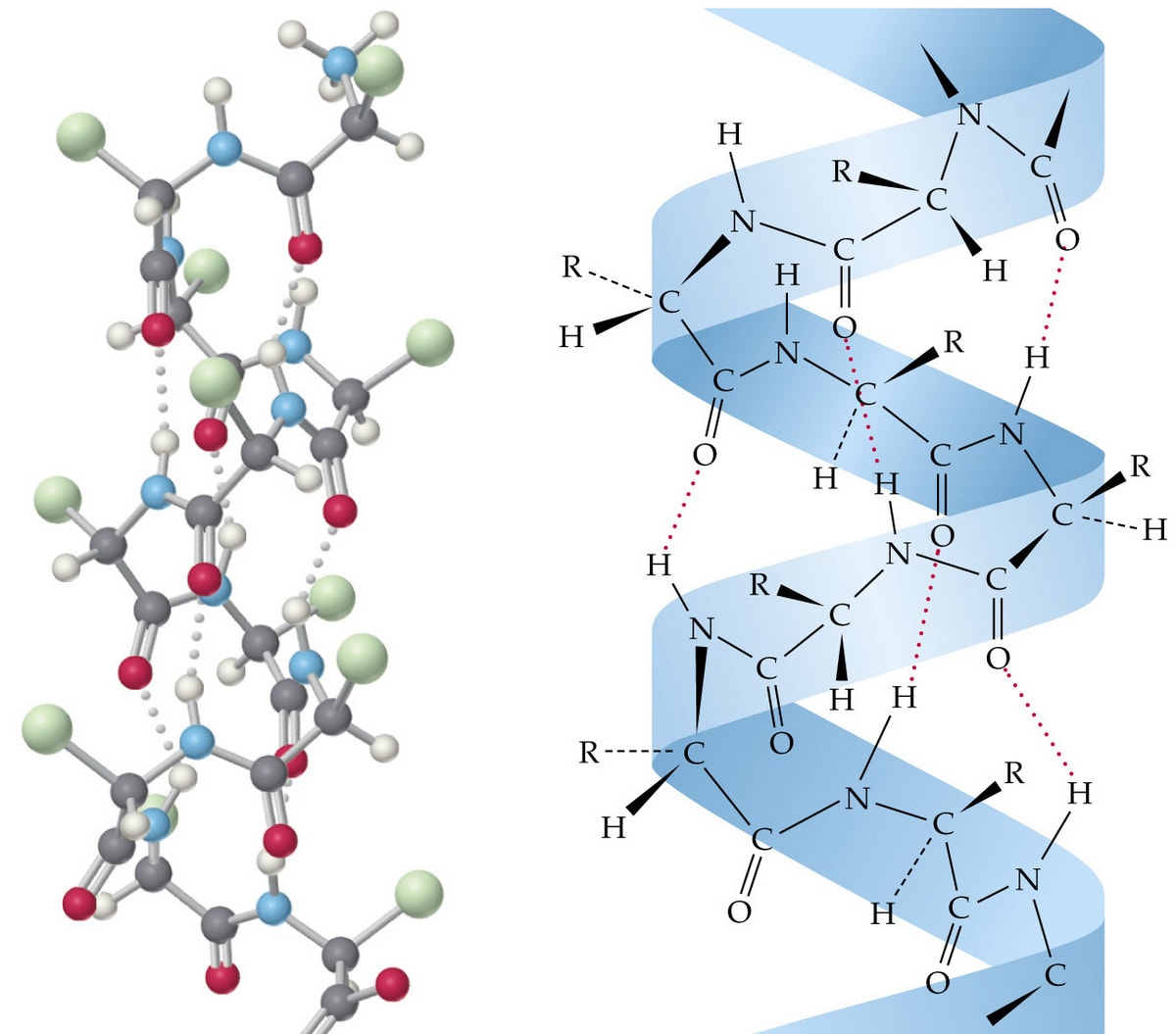
Humectants and emollients for hair
Humectants are hygroscopic substances, i.e. substances that absorb water well.
Their structure is responsible for binding moisture molecules together, ensuring strong hydration of the hair.
Popular humectants include aloe vera, honey, hyaluronic acid, urea, lactic acid, glycerine, glucose and d-panthenol.
Emollients are responsible for protecting hair against moisture loss.
They include natural oils, silicones, kerosene, waxes and cosmetic kerosene.
Emollients are applied to hair particularly when it is exposed to harmful external factors, such as frequent use of a hair dryer or straightener.
How do I apply hair proteins?
When applying hair proteins, it’s important not to forget your pH balance, i.e. a good complement of emollients and humectants.
Proteins must be delivered to the hair first.
Their molecules absorb the moisturizing humectants, which we then apply.
Finally, emollients prevent the evaporation of water from the hair and form a protective film, which maintains the hair’s moisture and prevents mechanical damage.
You can also work the proteins into your hair using a Myla Bella mask.
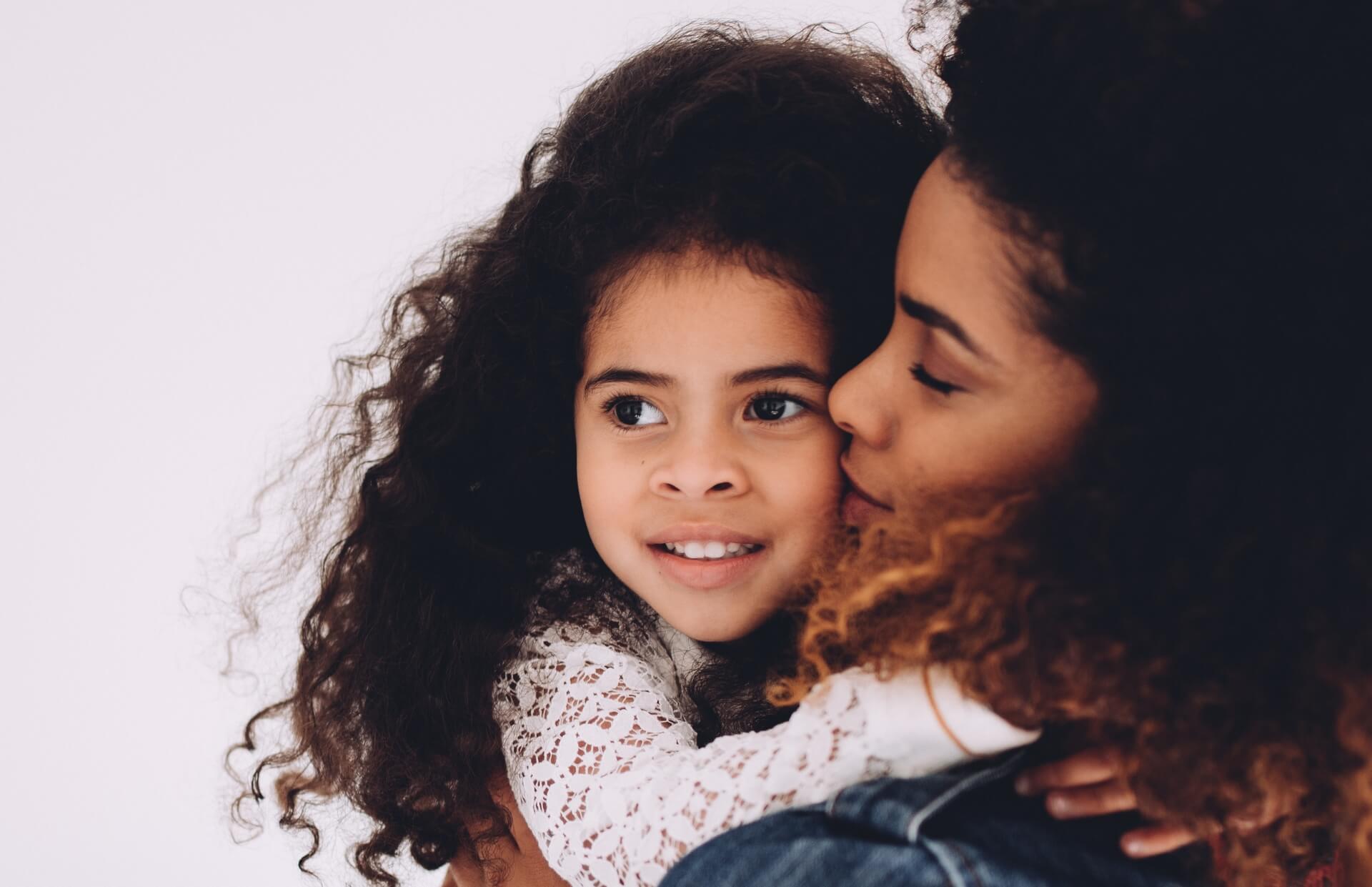
What does protein-deficient hair look like?
Proteins are particularly necessary for hair damaged by treatments such as coloring, bleaching, perming, hot straightening and blow-drying.
Hair lacking protein becomes dry, difficult to style, lacking bounce, limp, dull, brittle and with split ends.
But beware of overprotected hair.
This is when it looks like it lacks protein, but is drier and starts to frizz.
This happens when we provide too much protein compared to humectants and emollients.
What can we do about it?
Fortunately, it’s not very difficult.
To start with, it’s best to wash your hair with a powerful cleansing shampoo.
Regular oiling will also do your hair a world of good by providing emollients.
Also read: the Myla Bella hair routine
When do you need hair proteins?
Hair lacking protein is slippery, dull, limp, unruly and split.
This is when you need to fill the gaps in your hair structure.
If your hair is dry and frizzy, it’s very possible that you’ve overdone your protein intake, as mentioned above.
When hair is frizzy and unruly, it probably lacks emollients.
When it’s brittle and dry, it may indicate a humectant deficiency.
In reality, our hair needs proteins, humectants and emollients in different proportions, depending on a number of factors.
That’s why it’s important to keep an eye on your hair.
Observe how it behaves after applying products and draw conclusions.
Now you know what proteins are and how to use them.
Don’t forget to combine them with humectants and emollients to keep your hair balanced and strong, healthy and shiny.
And don’t overdo it – too much protein is bad for your hair.
Take care of your hair!
“One of my biggest dreams is that my company will be able to change the course of one family’s life, one child at a time by giving back to the community.”

